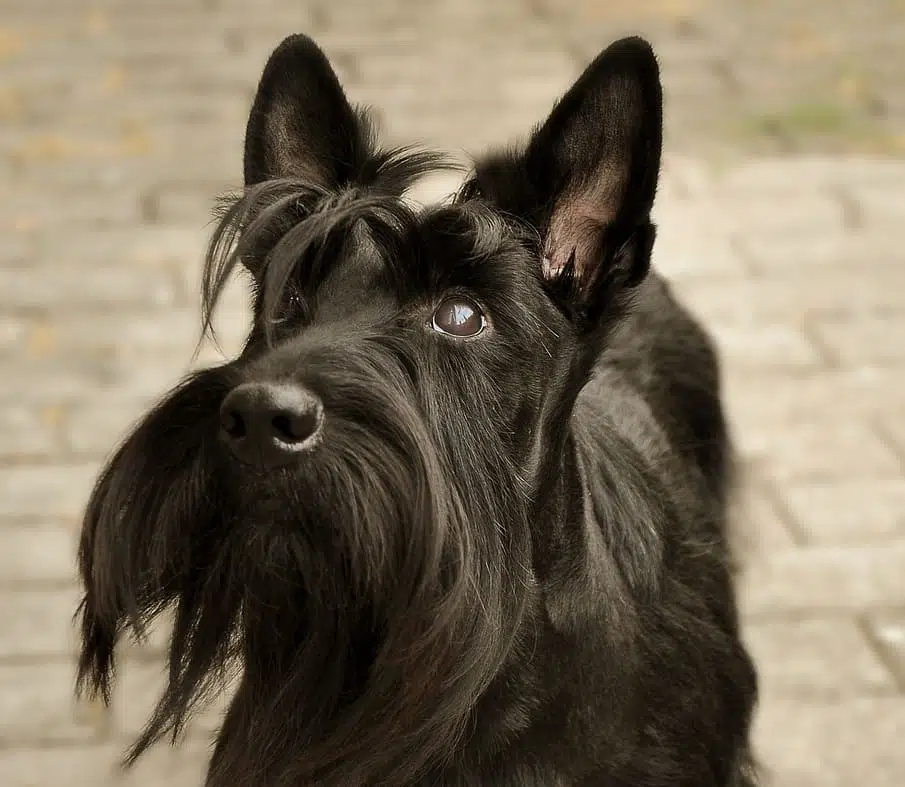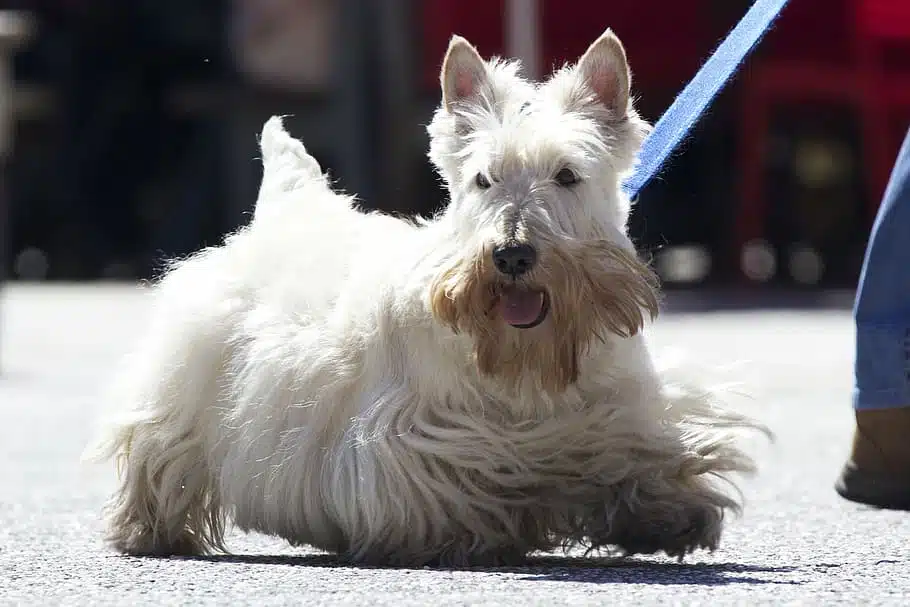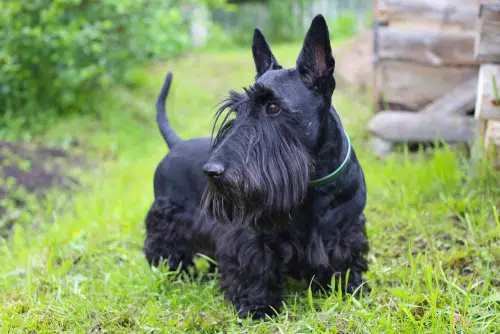Home » Blog » Pet » Pets: Understanding Them » Scottish Terrier: The “Die Hard” Dog
Categories
Tags
animal welfare
breed profile
buying a car
buying a pet
Car
car accessories
car care
car features
car insurance
Car safety
car sales
car service
cat
cat behaviour
cat body language
Cat Breeds
cat food
cat insurance
comprehensive car insurance
Dog
Dog Behaviour
dog body language
Dog Breeds
dog food
Dog Insurance
dog training
eco friendly cars
Kitten
New Car
pet accessories
pet activities
Pet Adoption
pet breeders
pet days of the year
pet fun stuff
Pet Health
pet insurance
pet parenting
Pet Safety
pet services
Puppy
rescue pets
road safety
road trip
safe driving
Recent Blog:
Facebook Posts
1 day ago
Are intestinal worms setting up camp in your dog’s gut without paying rent? Here’s how to spot the main culprits and get rid of them too:![]()
![]() Preventing, Identifying and Treating Intestinal Worms in Dogs - bit.ly/43YjCKu
... See MoreSee Less
Preventing, Identifying and Treating Intestinal Worms in Dogs - bit.ly/43YjCKu
... See MoreSee Less
Preventing, Identifying and Treating Intestinal Worms in Dogs
www.pd.com.au
Intestinal worms, such as roundworms in dogs are one of the least glamorous topics on the planet. These intestinal parasites that basically use our dogs
PD Insurance
with Dogs West.
3 days ago
We enjoyed meeting #breeders #doglovers and members at the Dogs West Open Day. Special thanks to our partner Dogs West for organising an incredible event. There is still time to enter our pawsome competition. Click here for details: bit.ly/4covyce![]() #PDinsurance #dogswestopenday #dogswest
... See MoreSee Less
#PDinsurance #dogswestopenday #dogswest
... See MoreSee Less
3 days ago
Did you know? The Manx is a breed that is known for its lack of a tail, which is caused by a genetic mutation.
... See MoreSee Less
The Scottish Terrier is bold and feisty, which has earned them the nickname “diehard”. You could say they’re a large dog in a little dog’s body (they say dynamite comes in small packages).
Despite their working roots, these rugged little pups make great pets. So, if you’re after a BFF with a big personality and moustache to match then look no further.
Discover where these wiry little brave hearts originated, what they love and hate and how to keep them fit. All that and more, right here.
Scottish Terrier history
The Scottish Terrier takes their name from whence they originated: Scotland. This Terrier was bred in the port city Aberdeen and in the early days was referred to as the ‘Aberdeen Terrier’.
Like other Terrier breeds, Scotties were originally bred as hunters – to hunt foxes and rabbits. These terriers were prized for their ability to pursue vermin over all kinds of terrain and into their nests. So, they steadily built a reputation for being small but bold.

Scottish Terrier breed appearance and traits
The Australian National Kennel Council breed standard for Scottish Terriers says they’re thick-set and short-legged. It describes the terrier’s poise as “suggestive of great power and activity in small compass.”
Here are some other interesting facts about the Scottish Terrier:
- Lifespan. 11 – 13 years
- Height. 25 cm for both males and females
- Coat. Dual coat made of a soft dense undercoat and wiry topcoat
- Colours. Black, brindle and wheaten (straw to nearly white)
Like many working dogs, (such as the Labrador Retriever and Border Collie), the Scottie’s topcoat is water-resistant. You can just imagine what a benefit this would be when working in the dewy highlands of Scotland.
With their hallmark shaggy coats and pointed ears, it’s easy to see why Scotties nowadays are mostly pets rather than hunting dogs.

Scottish Terrier personality
Are you dreaming of becoming a first time pet owner? Are you looking for a dog who’s loving, loyal, protective, intelligent, playful and independent? Then a Scottie may be your perfect match. Despite their playful nature, these terriers aren’t trusting of strangers, which makes them fabulous watch dogs.
Like all pets, they also have their quirks. For example, they can be difficult to train. This is perhaps partly due to their independent streak that comes from working autonomously. They were, after all, bred to get things done on their own.
Another quirk Scotties have is digging. So be sure to give them lots of stimulating activities outside of walkies, like a sandpit or daily puppy play.
You could also say these little powerhouses are workaholics. Once you do get into a successful training regime, expect good things. Positive reinforcement dog training uses a reward-based approach that should glean you excellent results.
You may find your Scottie has a not so common quirk too, like being unusually talkative or being a music connoisseur. Like the one in this video:
A Scottish Terrier’s exercise and social needs
Scotties need a moderate amount of exercise so are suited to apartments or smaller gardens, provided you walk daily. Because of their independent streak and hunting instincts, they need to be well socialised with other animals.
They don’t automatically get on with other dogs or cats and can be prone to chasing rabbits and other small animals. If you plan on having both canines and felines under one roof, read introducing a puppy to a cat first. You may also want to consider a puppy training school to boost their social skills.
During walks, it’s best to keep your Scottie on a lead so they don’t dart off after small animals. Read how to teach your puppy to walk on a lead and our guide to dog leashes and leads.
Scottish Terrier health
It’s becoming well known that purebred dogs tend to be predisposed to certain health conditions. For the most part however, Scotties are generally healthy.
Something to be aware of is their tendency toward obesity (which can lead to diabetes in dogs). Therefore, you should plan out what and when they eat according to nutrition and calorie intake.
Other health conditions Scottish Terriers are prone to include:
- Scottie cramp. A harmless, painless disorder that temporarily affects the ability to move their legs
- Von Willebrand disease. A blood disorder that can lead to excess bleeding or even worse
- Skin allergies. These can cause itching and hair loss
Of course, this doesn’t mean your Scottie is guaranteed to suffer any of these conditions. Rather, you’ll know what to guard against and can talk to your vet about a tailored health plan.
Pet insurance for your Scottie
It might put a smile on your face to know non-routine vet tests and treatments, certain medications and more are covered by pet insurance. Additionally, if you buy your dog insurance policy online, your terrier will get one or more months of free insurance*.
*Correct at time of publication
Share On:




